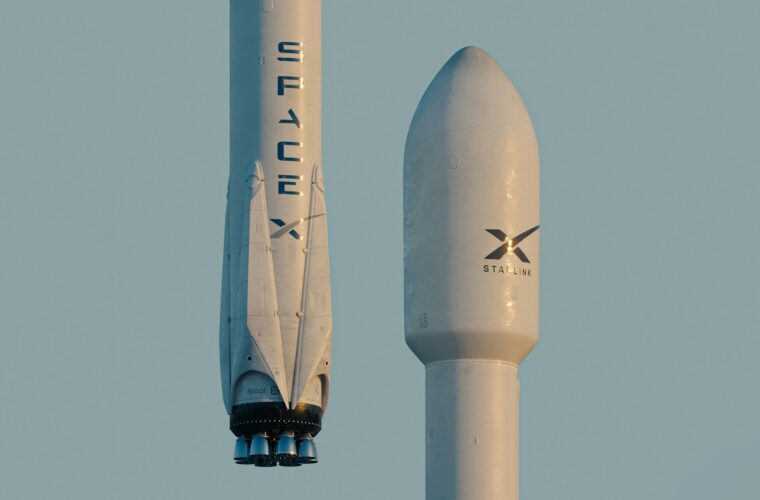Climate change: While most of us dream of a white Christmas, our ideas might not exactly match the one people in certain parts of the United States experienced. You probably have heard of the December events in Buffalo, as well, and you may be wondering what the reason behind the quite common recent snowstorms is. Across the United States, from Montana to Virginia – temperatures hit record low points during Christmas week.
Climate change – the leading player
Scientists agree that the main reason behind the record-dropping temperatures is frigid air being pushed out of the Arctic Circle and back towards the continent of North America. However, the most important question would be one step further: why is cold air being pushed out of the Arctic Circle in the first place?
The majority of scientists believe – and some try to debate – that global warming is the cause of the recent drastic temperature changes and that rising global surface temperatures are to blame for cold air being pushed out. It is all related to the loss of ice and snow, warming temperatures, and the melting of the Arctic Circle.
More moisture in warmer air
When the average air temperature is higher, the atmosphere holds more water vapor in some locations, increasing the potential for extreme rain and snow events, according to the National Oceanic and Atmospheric Administration.
“Think of the atmosphere like a sponge. Air holds about 4% more water vapor for each additional degree Fahrenheit increase in temperature (that’s about 7% per degree Celsius). The physical law that explains this relationship is known as the Clausius-Clapyron relation”.

The Northeast and Mid-Atlantic have become wetter in all of the seasons. This increased atmospheric moisture is intensifying the water cycle. In addition to total precipitation over a season and year, the additional moisture fuels extreme events, like more intense hurricanes and flooding rains.
Furthermore, regions of the world that are cold enough for snow have warmed enough to be visited by storms capable of holding and dropping more moisture. Rather than intense downpours, the result is heavy snow.
The Arctic influences the snow pattern
“While tropical storm systems are fueled primarily by warm water, nor’easters gain energy from sharp temperature gradients where cold and warm air masses meet. The frequency of cold air outbreaks is another aspect of climate change that may be contributing to recent increases in extreme snowfall events”, according to the Scientific American.
“Recent research has suggested that a warming Arctic, including declines in Arctic sea ice and snow cover, is influencing behavior of the polar vortex, a band of strong westerly winds that forms in the stratosphere between about 10 and 30 miles above the Arctic every winter. The winds enclose a large pool of extremely cold air. When the Arctic is relatively warm, the polar vortex tends to be weaker and more easily elongates or “stretches,” allowing extremely cold air to dip south. Episodes of polar-vortex stretching have markedly increased in the past few decades, leading, at times, to more severe winter weather in some places.”
Future expectations
Extreme weather is just one consequence of climate change. In Western Europe, for example, intensification of the hydrological cycle will mean more winter rain than snow as temperatures rise. According to models, in North America, heavy snow will remain quite common, at least up until the middle of this century. You better be prepared.



